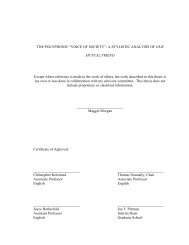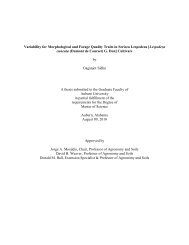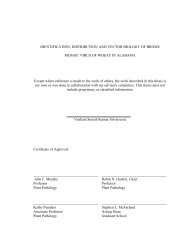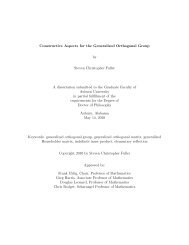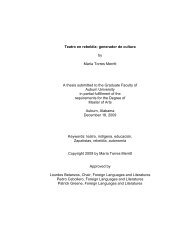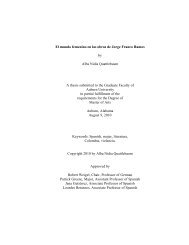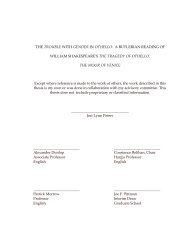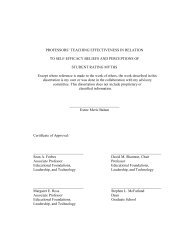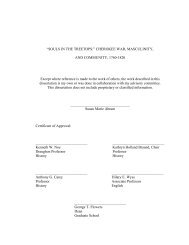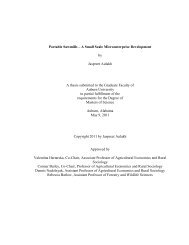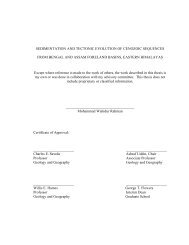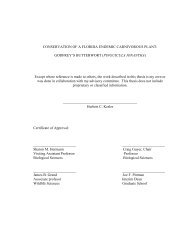Enhanced Polymer Passivation Layer for Wafer Level Chip Scale ...
Enhanced Polymer Passivation Layer for Wafer Level Chip Scale ...
Enhanced Polymer Passivation Layer for Wafer Level Chip Scale ...
You also want an ePaper? Increase the reach of your titles
YUMPU automatically turns print PDFs into web optimized ePapers that Google loves.
fluxes the solder bumps, <strong>for</strong>ms a nice fillet, and was fully cured during a single<br />
reflow exposure (see Figure 3.11, picture from Lord Research group). The assembled<br />
packages using this material were expected to achieve high reliability and yield.<br />
However, this material had some non-wetting issues when applied on the metalized<br />
wafers. In addition, Lord no-flow flux is not a no clean flux. It needs more cleaning<br />
steps after the assembly. If the flux is not completely cleaned, it may be trapped in the<br />
tight spaces between surface mount components and substrates, leading to reliability<br />
problems. Or the flux would become more tenacious as a result of relatively longer<br />
times and higher temperatures during reflow, hence is more difficult to clean.<br />
There<strong>for</strong>e, TSF-6592 was selected as the flux <strong>for</strong> solderball placement and die<br />
placement in this research.<br />
-<br />
Figure 3.11 Supported structure around solder balls <strong>for</strong>med by no-flow flux<br />
- Stencil design: The volume and bump geometry of the printed material is mainly<br />
determined by the stencil thickness and aperture opening size[64]. In this research, an<br />
electro<strong>for</strong>med stencil was chosen <strong>for</strong> the printing since its aperture wall smoothness<br />
56




